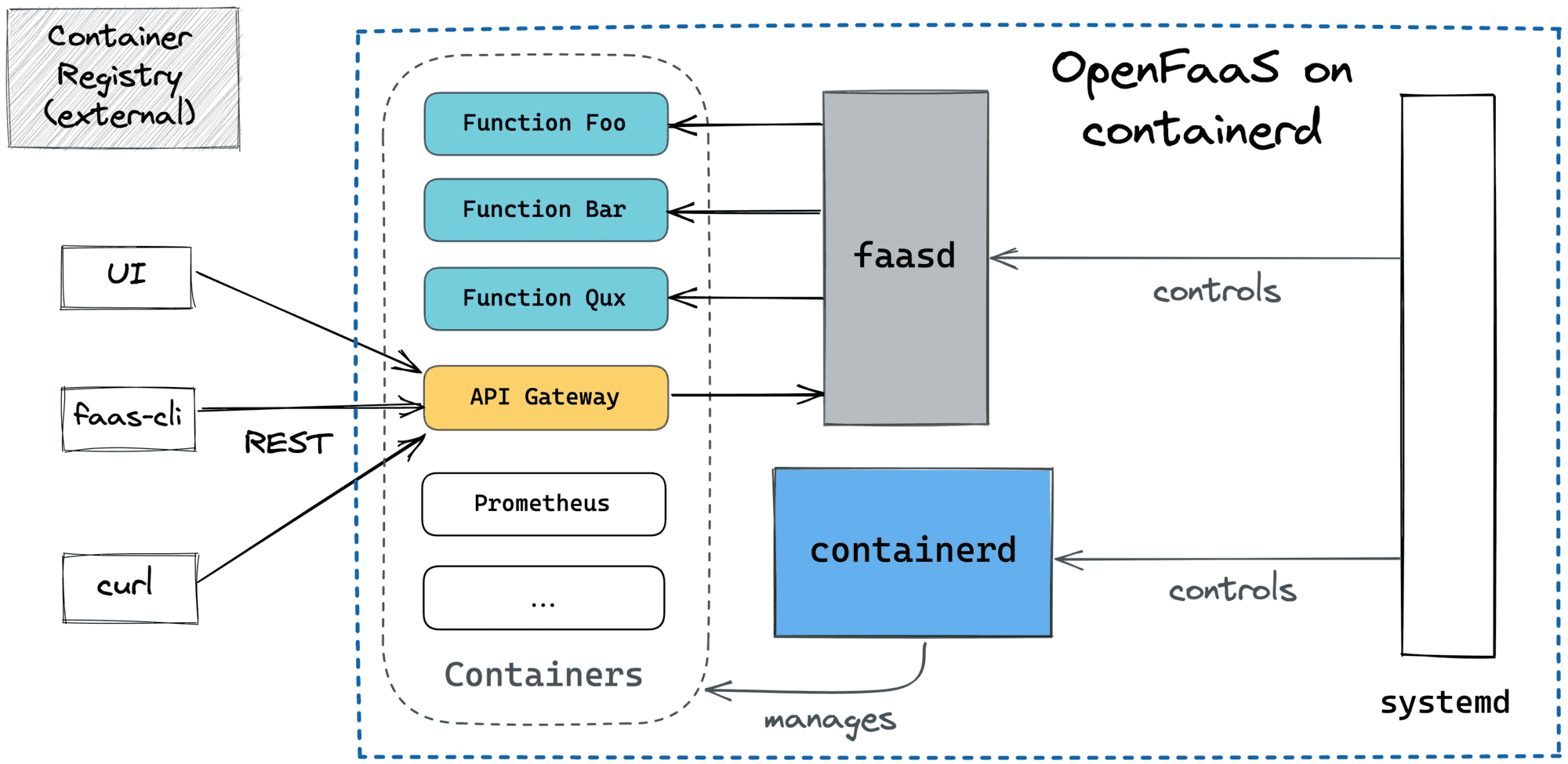Extra Credit
Three tasks were suggested here:
- Package Everything in Helm
- Implement Persistent Storage
- Implement Basic CI/CD Pipeline
- Make use of Serverless
2 Persistent Storage
When the mysql deployment pods go down due to restarts, updates, or scaling the data is lost. Therefore we want to persist the contents of the container directory /var/lib/mysql with outside storage.
kubectl get storageclass -oyaml
apiVersion: storage.k8s.io/v1
kind: StorageClass
metadata:
name: civo-volume
provisioner: csi.civo.com
reclaimPolicy: Delete
volumeBindingMode: WaitForFirstConsumer
The presence of a StorageClass configuration indicates that Civo Cloud offers a default persistent storage solution to dynamically provision storage with PVs (Persistent volumes) and PVC’s (Persistent Volume Claims).
Here is how it is done:
First create a pvccat >> pvc.yaml (this time we are pasting from the docs)
apiVersion: v1
kind: PersistentVolumeClaim
metadata:
name: mysql-vol
spec:
accessModes:
- ReadWriteOnce
resources:
requests:
storage: 4Gi
❯ k create -f pvc.yaml
persistentvolumeclaim/mysql-vol created
Update the mysql-deployment.yaml
Add the following snippet at spec.template.spec.containers[0]
volumeMounts:
- name: mysql-persistent-storage
mountPath: /var/lib/mysql
volumes:
- name: mysql-persistent-storage
persistentVolumeClaim:
claimName: mysql-vol
❯ k apply -f mysql-deployment.yaml
deployment.apps/mysql configured
❯ k get pv
NAME CAPACITY ACCESS MODES RECLAIM POLICY STATUS CLAIM STORAGECLASS
pvc-2f330444-... 4Gi RWO Delete Bound ecom/mysql-vol civo-volume 43s
❯ k get pvc
NAME STATUS VOLUME CAPACITY ACCESS MODES STORAGECLASS AGE
mysql-vol Bound pvc-2f330444- 4Gi RWO civo-volume 43m
4 Serverless
Actually, I added the fourth option, Make use of Serverless. In the previous version of this challenge one of the steps was to add a visitor counter to the website using the cloud provider’s serverless function which would be AWS Lambda, Google Cloud Functions or Azure functions. I wanted to do something similar using non proprietary solutions. On our ecomerce site additional features like email notifications, image processing, payment processing, inventory management or any kind of analytics could probably more easily be carried out using serverless or rather functions as a service. Just to prove the concept, my goal was to add the day-night toggle switch as a serverless function, but that didn’t pan out.
How can one implement Open source Serverless on civo cloud?
- OpenFunction
- OpenFaas
OpenFunction uses Knative, a comprehensive more complex solution that requires a control plain kubernetes cluster with a minimum of 2 nodes, 4CPU and 8GB memory plus Istio running.
Civo is a dedicated kubernetes (k3s) cloud provider which embraces popular Open source CNCF products like OpenFaaS:
“a Function as a Service serverless framework that deploys event-driven functions and microservices to Kubernetes in the form of containers.”
‘Serverless’ requires a server. It’s only called serverless because when the function is called, from the perspective of the user, where and how the task is carried out is is unnoticed. So, how do we set up and manage an OpenFaas server which we control and own?
There are two ways to run OpenFaas:
- faas-netes (on a kubernetes cluster)
 OpenFaas makes use of the PLONK stack. While the LAMP stack (linux, apache, mysql, php) is used by our ecomerce site, The JAM stack (javascript, API, markup) is used by this hugo blog, the PLONK stack is comprised of:
OpenFaas makes use of the PLONK stack. While the LAMP stack (linux, apache, mysql, php) is used by our ecomerce site, The JAM stack (javascript, API, markup) is used by this hugo blog, the PLONK stack is comprised of:
Prometheus - metrics and time-series
Linkerd - service mesh
OpenFaaS - management and auto-scaling of compute - PaaS/FaaS
NATS - asynchronous message bus / queue
Kubernetes - declarative, extensible, scale-out, self-healing clustering
The second option, which I have set up, is a scaled down version of the above: the kubernetes cluster is scraped in favour of contaierd containers running each function. Easier and more accessible. The downside: loose built in kubernetes features like High Availability.
- faasd (on a VM running containerd)

Instead of running it on a VM I chose to run the faasd server On Prem, on a raspberry pi. Faasd, a light weight version of OpenFaas, uses Containerd instead of kubernetes which results in it running faster. This is procedure is explained by the creator, Alex Ellis in his book, Serverless for everyone else
The downside: This setup has a single point of failure. However, there are no cloud fees, and the raspberry pi address running on my local LAN, is routable externally thanks to the installation of inlets. The other problem particular to South Africa are daily scheduled power outages. After about a day without power my backup system will fail, the cell phone towers follow, and then not only can the server go down but the internet too.
